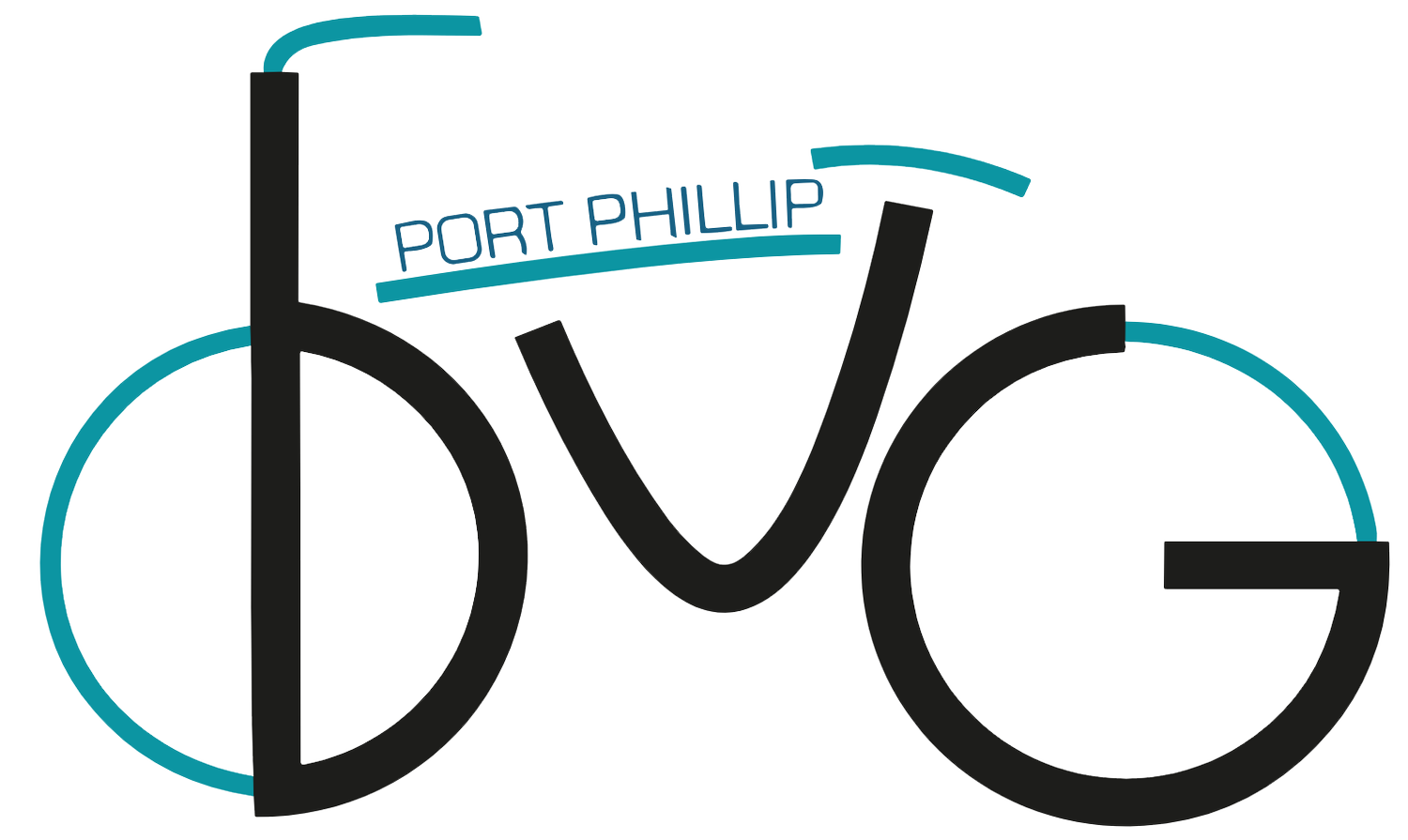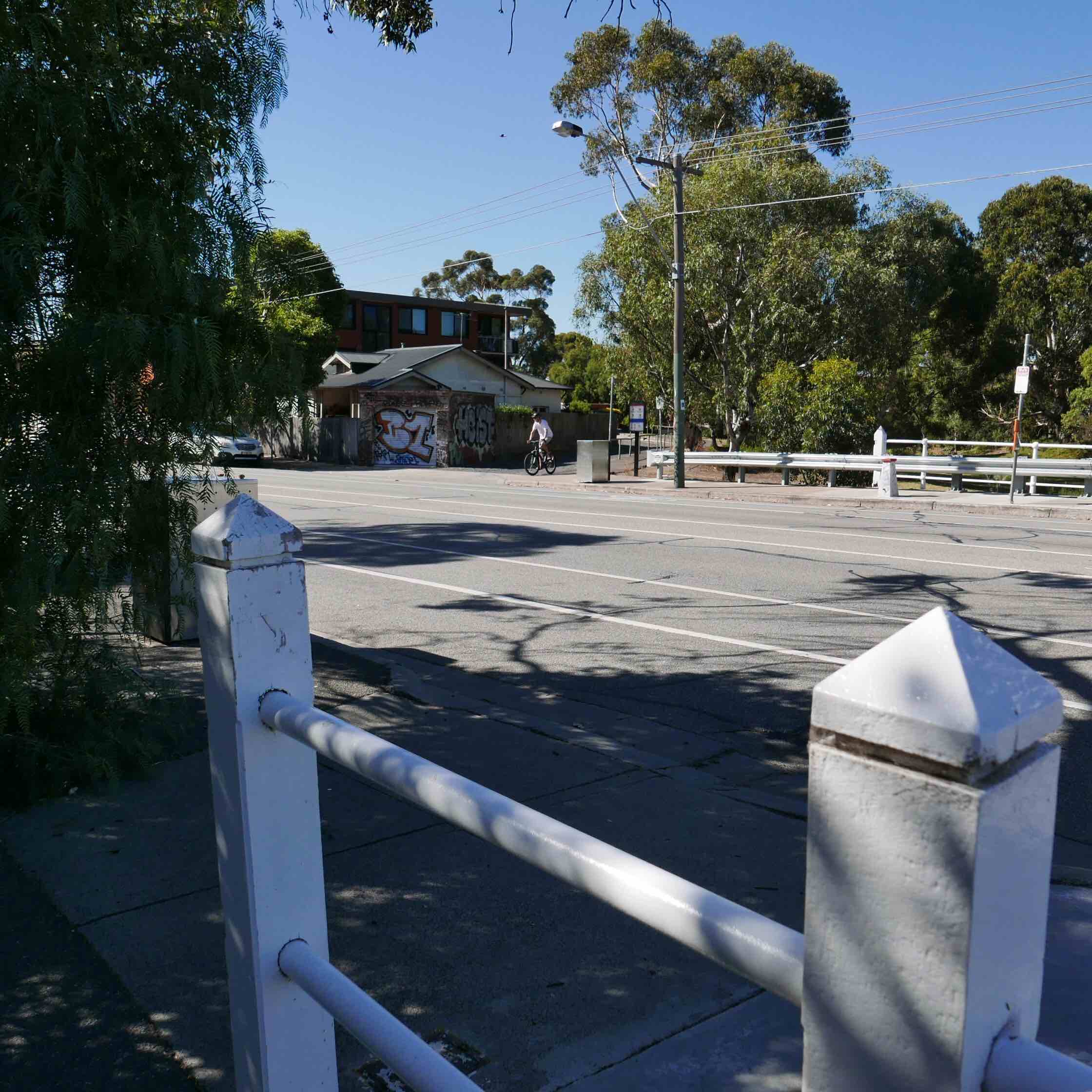In the lead up to the November election, the Port Phillip BUG sought meetings with local candidates. We also surveyed the local candidates, with only two responses, from the Greens and Animal Justice Party. We’ve looked at their party policies— unfortunately while individual candidates may be supportive of cycling, their party may not be.
Therefore I’ve covered firstly the party policies, and secondly the individual candidates.
Also see the Bicycle Network’s analysis (I’ve used their scores), and Yarra BUG’s podcast.
PARTY POLICIES
Australian Labor Party: C+
If the past performance is a guide to future results, then there is not much to look forward to here: the Labor government has been missing in action on making cycling safer and more accessible.
The main initiative promised at the last election was the creation of a new body responsible for active transport. Active Transport Victoria has produced very little— it seems to be little more than a handful of media releases and an email address ( activetransport@ecodev.vic.gov.au if you’re interested in asking them what they’ve been doing the last couple of years)
We’ve seen a few new cycle routes, such as those under the new Skyrail (unfortunately these are shared routes— definitely not best practice, or comfortable for pedestrians OR cyclists). But very little in the way of making sure our principal bicycle routes are safe, and many missed opportunities to upgrade bike routes when other road works are being undertaken.
In particular, plans for improving the key St Kilda Rd route have been put on ice.
New promises for this election: Labor has promised to build separated cycle routes on St Kilda Rd. While many local residents would prefer curbside lanes allowing them to safely access homes and workplaces, the plan for a cycle way in the centre of the road would be better than the current situation, and be particularly convenient for people travelling from the suburbs to the city.
Labor are also promising an upgrade of the trails network in Melbourne’s northern suburbs.
Liberal Party: C
Cycling doesn’t seem a priority for the Liberals: they’ve announced a few tourism-related projects in regional Victoria, and they support minimum passing distance legislation, but there isn’t much else on offer.
More seriously, they would like to grade separate many road intersections. This would be disastrous for cycling and walking— imagine the mess of St Kilda junction replicated across our city, for example at the intersection of Glen Huntly and Brighton Roads. It could well be that conditions for cycling will decline under a Liberal government.
Greens: A
The Greens’ policy includes a $250m commitment to cycling, which will cover (among other things) a 17km Elsternwick-to-Sydney Road separated cycling path, taking in St Kilda Rd and Swanson St on the way. It is also promising that cycling infrastructure will be funded independently of road works.
Animal Justice Party:
While the published policies are mostly about animals, in the response to our survey local AJP candidate Tamasin Ramsey said: On the basis of [our] values, we support creating dedicated and separated bike lanes. This gives equal consideration to cyclists, in an environment where cyclists are vulnerable to bike lanes that exist alongside moving traffic, that included a growing number of heavy and imposing vehicles. Supporting cycling is rational because it enhances human health (both physical and mental), engages people with their community, and often improves their engagement with the natural world, including appreciation of – and sensitivity to - other species. All of these factors contribute to the wellbeing of our neighbours and thereby support healthy neighbourhoods.
Now, to the candidates (this is not an exhaustive list— just the ones we were able to make contact with):
ALBERT PARK ELECTORATE
Martin Foley, LABOR (incumbent). The BUG has met with him twice in last term of government, and while he is clearly interested in and supportive of cycling, we’ve seen very little follow up on the issues we’ve raised, with the notable exception of St Kilda Rd separated lanes.
Andrew Bond (Libs): As a local councillor, he’s come along on a BUG ride to see local infrastructure issues. He’s also personally supports the St Kilda Rd separated lanes (not matched by his party).
Ogy Simic (Greens): As a local councillor, Ogy has come along on our infrastructure rides and advocated for cycling improvements. He’s sought out the BUG for comment on various issues and is a frequent bike rider himself.
Tamasin Ramsey (Animal Justice Party). The AJP is not campaigning strongly on issues related to cycling, but Tamasin often commutes by bike and has a good understanding of the issues facing local cyclists.
BRIGHTON ELECTORATE
James Newbury (Liberals). James was keen to meet with the BUG before the election. He doesn’t have much experience cycling, although he does personally support the St Kilda Rd separated lanes project (not matched by his party) and seemed happy to listen to our concerns. He has been a vocal supporter of a signalised pedestrian crossing of Glen Huntly Rd, at the canal.
Katherine Copsey (Greens). As a local councillor, Katherine has been an advocate for cycling infrastructure, especially the St Kilda Rd separated lanes and other separated cycle ways, such as the Kerferd Rd improvements. She has come along on both our infrastructure bike rides, and sought out BUG comment on various issues. In her response to our survey, she writes: As an everyday cyclist myself I understand the difference dedicated bike infrastructure makes and am committed to advocacy and action so more people than ever can enjoy the freedom, fitness and fun of getting around safely by bike.
PRAHRAN ELECTORATE
Sam Hibbens (Greens), incumbent: In the last term of government Sam Hibbens was able to get the traffic flow on Union St changed, to allow cyclists to travel straight ahead. He had been an advocate for separated lanes on St Kilda Rd and improving safety on Chapel St.














































